The interface devices used by HP Tuners applications have evolved over time. Although we always recommend using the latest generation of interface device (currently the MPVI3), several older generations still exist in the field. Depending on their age, these devices may remain fully functional with newer releases of the VCM Suite:
| ■ | MPVI2+ (4th generation tuner interface) |
| ■ | RTD+ (2nd generation end user interface) |
| ■ | MPVI2 (3rd generation tuner interface) |
| ■ | RTD (1st generation end user interface) |
| ■ | MPVI (2nd generation tuner interface) |
| ■ | Serial Interface (our 1st generation tuner interface) |
MPVI2+
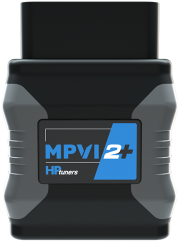
|
This interface is nearly identical to the current generation of devices. It featured faster Bluetooth® and USB connections than any of our previous interface devices and included a more robust screw on connector for additional inputs. However, it did not have as much storage as newer devices and it lacked the high-resolution accelerometer. When used with the optional Pro Feature Set (including the Pro Link+), the MPVI2+ allows tuners to attach additional sensor inputs, which may provide valuable insight into what's going on under the hood. |
RTD+
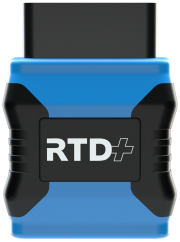
|
This is the second generation of our RTD series. These devices are for vehicle owners and vehicle technicians who are using a third party to tune vehicles rather than tuning vehicles themselves. NOTE: These devices are the same generation as the MPVI2+. They're just intended for a different group of users. Follow setup and usage instructions for MPVI2+ unless otherwise noted. These devices fully support the TDN app, which is the recommended software for users of these devices. Users who are interested in the powerful data logging features of VCM Scanner will find that application to be fully functional with RTD+ as well. However, use of VCM Editor is NOT supported by this device. This helps prevent the tuner's customers from altering the tuner's enhancements. When used with the optional Pro Feature Set (including the Pro Link+), the RTD+ allows users to attach additional sensor inputs, which may provide valuable insight into what's going on under the hood. In North America, The RTD+ is only available via direct sale to select, high volume tuning customers. Devices sold this way typically carry the tuner's company brand. They are not sold under the HP Tuners brand. |
MPVI2
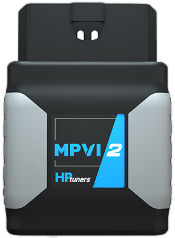
|
This interface supports most of the features that the current generation of devices support. However, the iOS version of the TDN app is NOT supported by this device. It also has less storage than the MPVI3 and lacks a high-resolution accelerometer. When used with the optional Pro Feature Set, the MPVI2 also allows tuners to attach additional sensor inputs, which may provide valuable insight into what's going on under the hood. However, this device uses a Pro Link for this function rather than the Pro Link+ used by newer devices. |
RTD
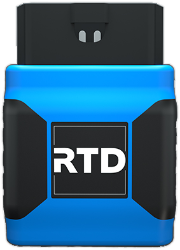
|
This is the first generation of our RTD series. These devices are for vehicle owners and vehicle technicians who are using a third party to tune vehicles rather than tuning vehicles themselves. NOTE: These devices are the same generation as the MPVI2. They're just intended for a different group of users. Follow setup and usage instructions for MPVI2 unless otherwise noted. First generation RTDs fully support the Android version of the TDN app, which is the recommended software for users of these devices. Users who are interested in the powerful data logging features of VCM Scanner will find that application to be fully functional with RTD as well. However, use of VCM Editor or the iOS version of the TDN app is NOT supported by this device. |
MPVI
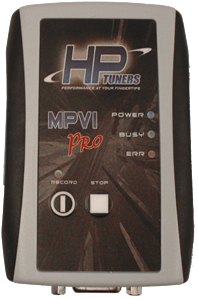
|
The MPVI was the first HP Tuners interface device to connect to computers using a USB interface. An enhanced version of this device, called the MPVI Pro, also supported attaching additional sensor inputs, which could provide valuable insight into what was going on under the hood. This function used an Enhanced Input/Output Connector (EIO Plug), which was only supported by the MPVI Pro. The EIO Plug could not be used with the standard MPVI interface. NOTE: Use of this device with PCs running Windows 11 (or newer) is not supported. |
Serial Interface
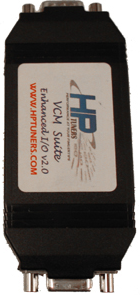
|
The original interface device provided by HP Tuners connected to the 9-pin RS-232 serial port that was usually present on laptops made at the time. NOTE: Use of this device is no longer supported. |

